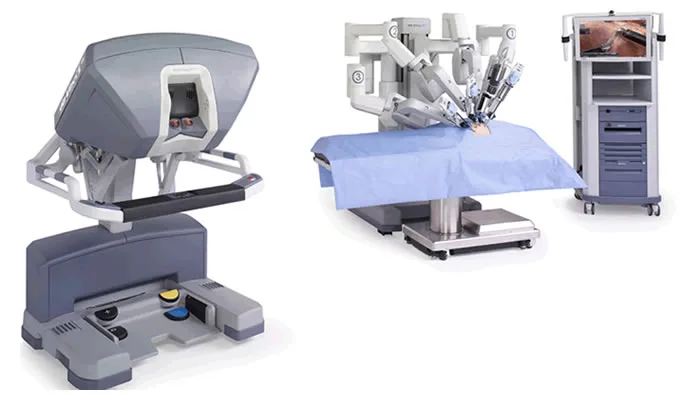Robotic Gallbladder Surgery
The gallbladder is a small, pear-shaped organ located in the upper right part of the abdomen. It stores bile produced by the liver and releases it into the duodenum to aid digestion.
Which methods are used in gallbladder surgery? What should be considered after the surgery? Learn the details and make an informed decision!

When Is Gallbladder Removal Necessary?
Gallstones that block bile flow and cause pain may require gallbladder removal (cholecystectomy). Cholecystectomy is a low-risk and commonly performed surgical procedure. Most patients can be discharged on the same day after surgery. In addition to gallstones, stones in the bile duct, gallbladder inflammation (cholecystitis), and pancreatitis may also necessitate surgery.
The most common symptom of gallstones is abdominal pain. This pain is usually felt in the upper right part of the abdomen and may radiate to the back. It can fluctuate in intensity or become constant and sharp in cases of inflammation. Surgical methods are preferred in treating complications caused by gallstones.
Methods Used in Gallbladder Surgery
Robotic Surgery (Robot-Assisted Minimally Invasive Surgery)
Robotic cholecystectomy is performed through several small incisions in the patient’s abdomen. These small incisions accelerate the healing process and help the patient return to daily life more quickly. The surgery is performed by a surgeon seated at a console a few steps away from the patient, while a second surgeon provides support during the operation. During the procedure, the surgeon’s movements are transmitted with precision to the instruments inside the patient through a special robotic camera and surgical tools.
Open Surgery
Open cholecystectomy is a surgical procedure performed through a larger incision in the patient’s abdomen. The larger incision may prolong the recovery time. An advantage of open surgery is that the surgeon can directly feel the tissues while operating. The surgeon removes the gallbladder using open surgical instruments through the wide incision.
Laparoscopic Surgery (Minimally Invasive Surgery)
Laparoscopic cholecystectomy is a procedure performed with the help of a camera and special surgical instruments inserted through small incisions. The surgeon makes several small cuts in the patient’s abdomen. A camera called a laparoscope is inserted through one of these incisions to provide internal visuals during surgery. The other incisions are used to insert surgical instruments. The surgeon performs the operation guided by the image transmitted to a monitor.
Each of these methods is chosen based on the patient’s condition and the surgeon’s preference.
TREATMENTS

